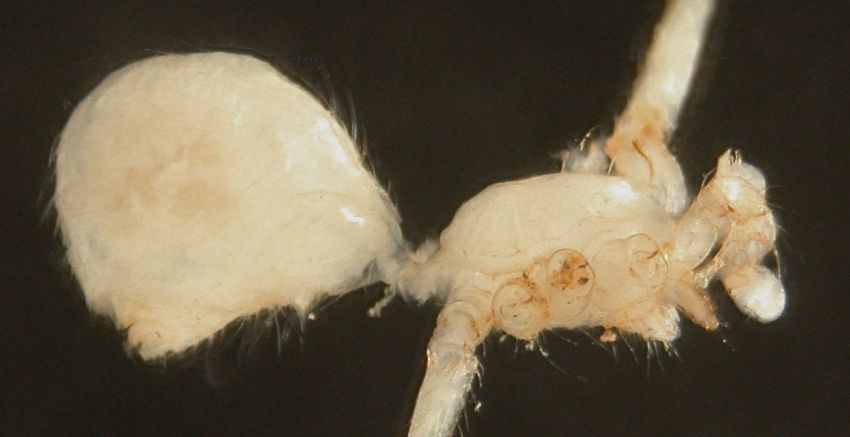Blood
A better exercise than cardio for reducing blood pressure
New species of daddy long-legs discovered
The first cave-adapted daddy long-legs to be reported in Australia has been found in boreholes in the arid Pilbara in Western Australia. Other blind species of its genus so far have only been found in Thailand, Laos, and Vietnam.
“It represents a subfamily that was previously thought to be restricted to the tropical north and east of the continent,” says Bernhard Huber, co-author of a recent study describing the novel species, published in the journal Subterranean Biology.
“The new species suggests that these spiders were widely distributed in Australia before the continent’s aridification in the last tens of millions of years,” he adds.
There might be a better exercise than cardio for reducing blood pressure
Static isometric exercises that involve engaging muscles without movement – such as wall sits and planks – are best for lowering blood pressure, a new study in the British Journal of Sports Medicine has found.
Researchers analysed pooled data from 270 randomised controlled trials, published between 1990 and February 2023, with a combined sample size of 15,827 participants.
They found significant reductions in resting systolic and diastolic blood pressure after all categories of exercise – including aerobic (cardio), dynamic resistance training, a combination of these, and high intensity interval training (HIIT). But the greatest reductions occured after isometric exercise training.
The researchers suggest it may be time to review the current exercise guidelines for the prevention and treatment of high blood pressure.
JWST captures a pair of actively forming young stars
NASA’s James Webb Space Telescope (JWST) has captured an image of a tightly bound pair of actively forming stars, known as Herbig-Haro 46/47, in high-resolution near-infrared light.
The stars are at the centre of the bright pink and red diffraction spikes, within the orange-white splotch in the middle of the image. The orange two-sided lobes that fan out from the central stars, were shot out as they repeatedly ingest and eject matter from the disk of gas and dust that feeds their growth.
Herbig-Haro 46/47 lies 1,470 light-years away in the Vela Constellation and is relatively young, only a few thousand years old, giving researchers insight into how much mass stars gather over time.

Butterfly’s first flight inspires sustainable smart biomaterial
A butterfly’s wings are made of chitin (say ‘kuytin) – the main component of the shells of crustaceans and other insects. When first emerging from its cocoon and unfolding its wings the butterfly’s chitinous material becomes dehydrated; this process produces forces that reorganise the molecules of the material to provide the strength and stiffness necessary for flight.
This has inspired new research exploring the use of chitinous polymers as a sustainable material for use in engineering, according to a new study in Advanced Materials.
“We’ve demonstrated that even after being extracted from natural sources, chitinous polymers retain their natural ability to link different forces . . . and water content to generate mechanical movement and produce electricity, without the need for an external power source or control system,” says Dr Javier G. Fernandez, associate professor at Singapore University of Technology and Design, and senior author of the study.
Through water exchange with the environment, their humidity-responsive chitinous films can generate mechanical and electrical energy for potential use in engineering and biomedical applications.
Read science facts, not fiction…
There’s never been a more important time to explain the facts, cherish evidence-based knowledge and to showcase the latest scientific, technological and engineering breakthroughs. Cosmos is published by The Royal Institution of Australia, a charity dedicated to connecting people with the world of science. Financial contributions, however big or small, help us provide access to trusted science information at a time when the world needs it most. Please support us by making a donation or purchasing a subscription today.


